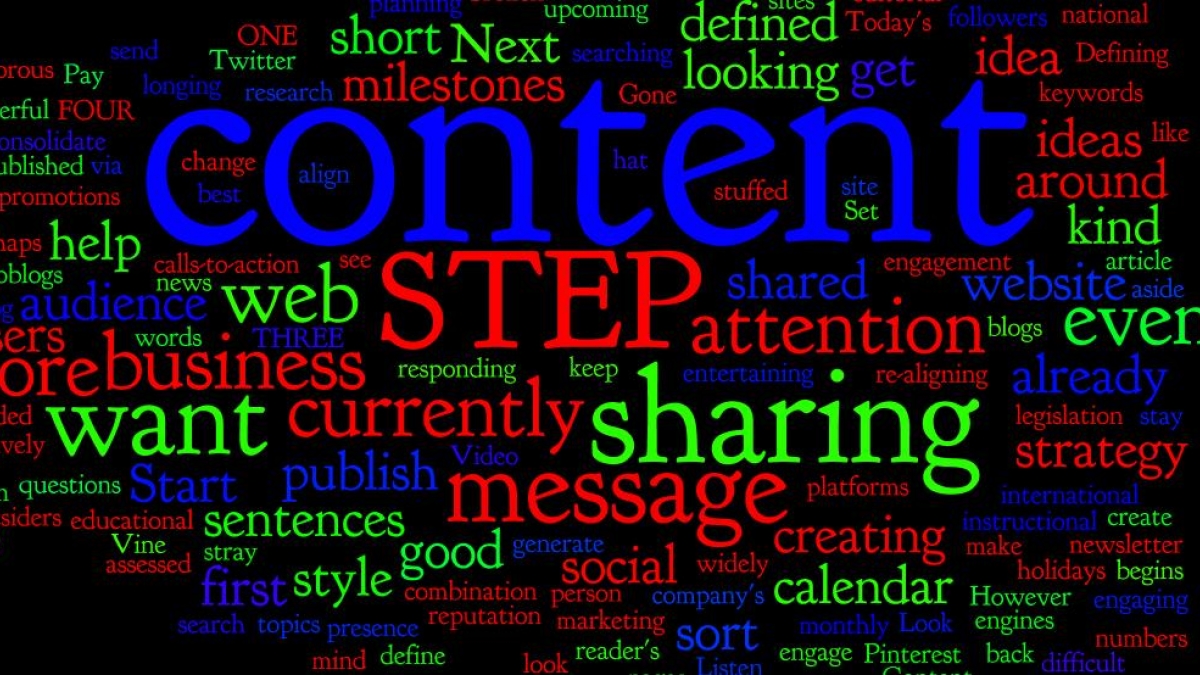
Defining your Content Strategy in 5 Steps
Gone are the days of black hat SEO and creating web pages stuffed with keywords. Today's search engines and web users are looking for engaging content to keep their relatively short attention spans longing for more. In order to create good content, it is best to start with a powerful content strategy.
Content strategy begins with answering the basics and planning with the results in mind:
- What kind of content?
- When?
- For whom?
- Where?
- How often?
Step One
What is the core message of your business? Does your company's reputation (the way outsiders view you) align with that message? Defining this could be as easy as looking at your business' vision, objectives or mission or as difficult as re-aligning your marketing to change how you're being currently assessed.
Step Two
Next what is your engagement style? Will you be sharing content that is informative, instructional, educational, humorous or entertaining? Perhaps your style will be a combination of all of these. However you say it, make sure your content doesn't stray from your core message (defined in step one).
Step Three
When will you publish your content? Set aside some time to look at upcoming events that are relevant to your business. These events could be national or international holidays, conferences, important legislation, milestones, or promotions. Once these are defined on a calendar, it is easier to decide what sort of content will be published around those milestones or events. This editorial calendar will help you to stay proactive on what kind of content to publish and when.
Step Four
Now you have some idea what you want to say, how you want to say it and when. Next we have to define your audience. If you currently have a web presence or are actively sharing through social media, you already have some idea which sort of content should be shared on these platforms. Video and graphics are more widely shared via social sites like Facebook, Vine, Tumblr and Pinterest. Blog posts can be broken down into short 140 words or less microblogs for Twitter. Consolidate your blogs and news into a monthly newsletter. Listen and engage with those who are currently responding and sharing. Pay attention to see when your followers want more. Then send them back to your website where you'll have calls-to-action to convert those engaged readers into customers!
Step Five
Your core message is what you'll be sharing. How will you be sharing it? Start with some keyword research around your ideas. Look at how your website is being found already. What are users searching for once they've landed on your site? What questions are you being asked in person? There are numbers of ideas for creating content on your blog. Listening to what your audience is asking, instead of what you want to say, will help generate good topics. Start with a great headline and first few sentences to get your reader's attention. If they get past the first few sentences, chances are they'll read the rest of your article as well.
Do you have any questions or suggestions for creating content? Please leave a comment below.


